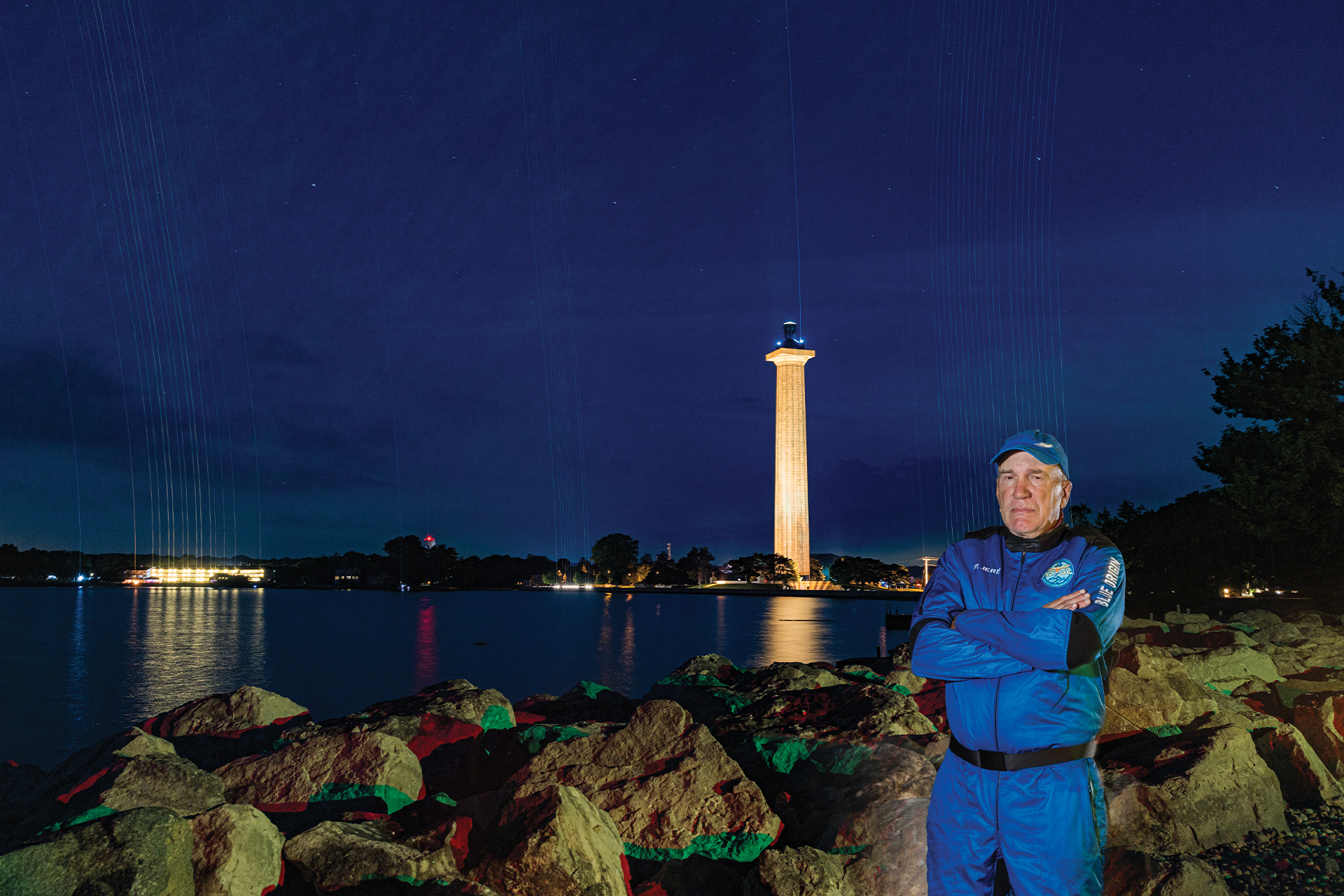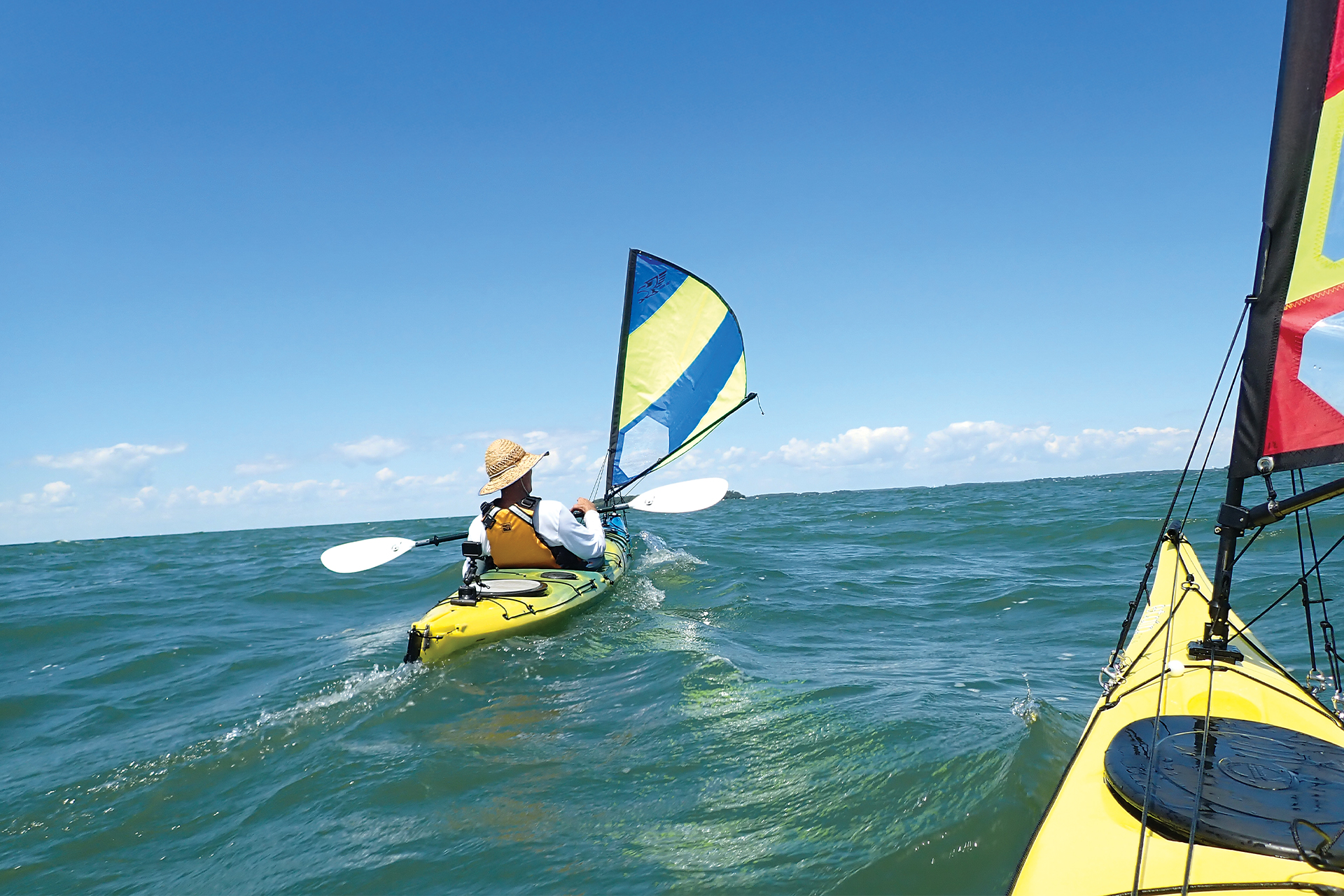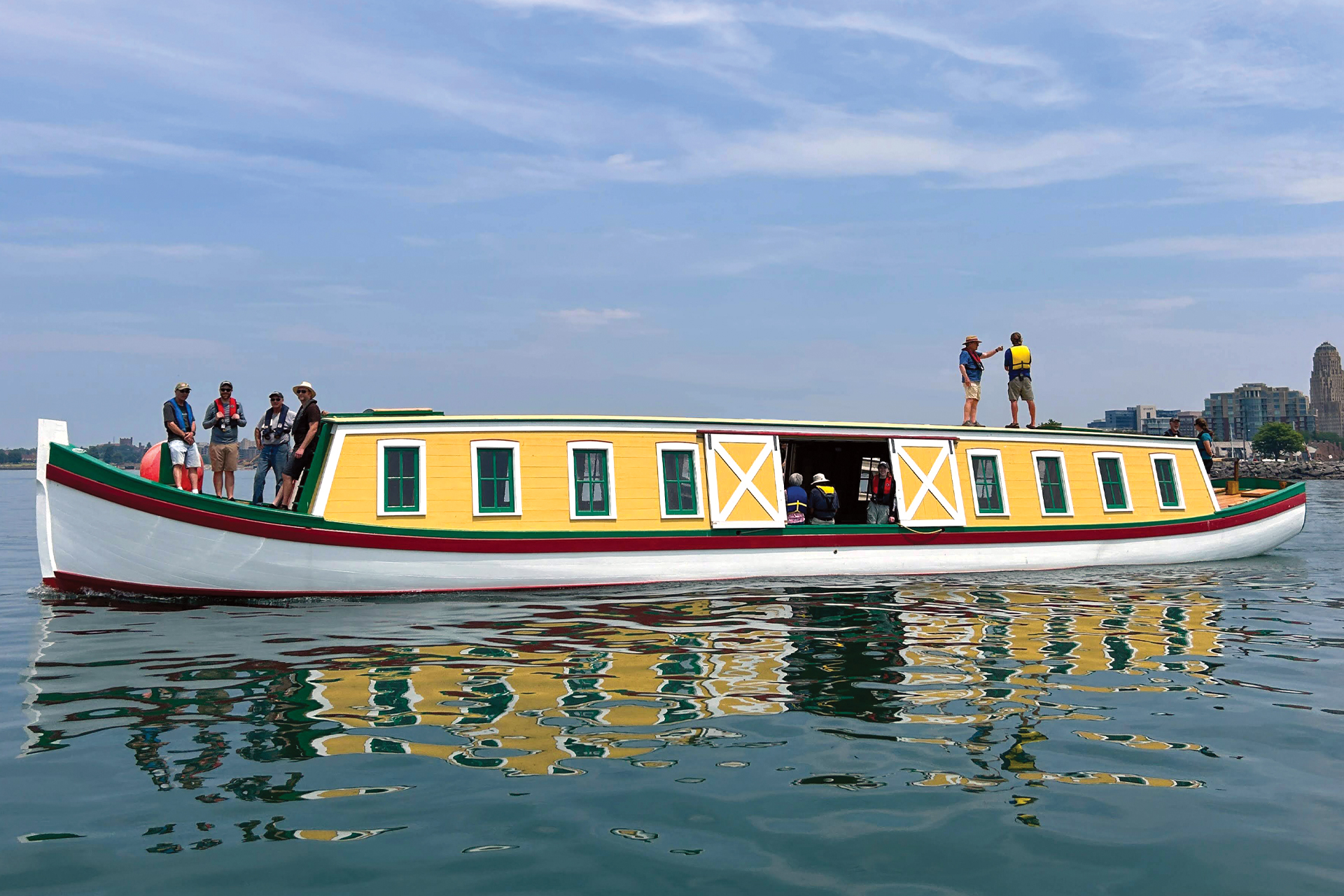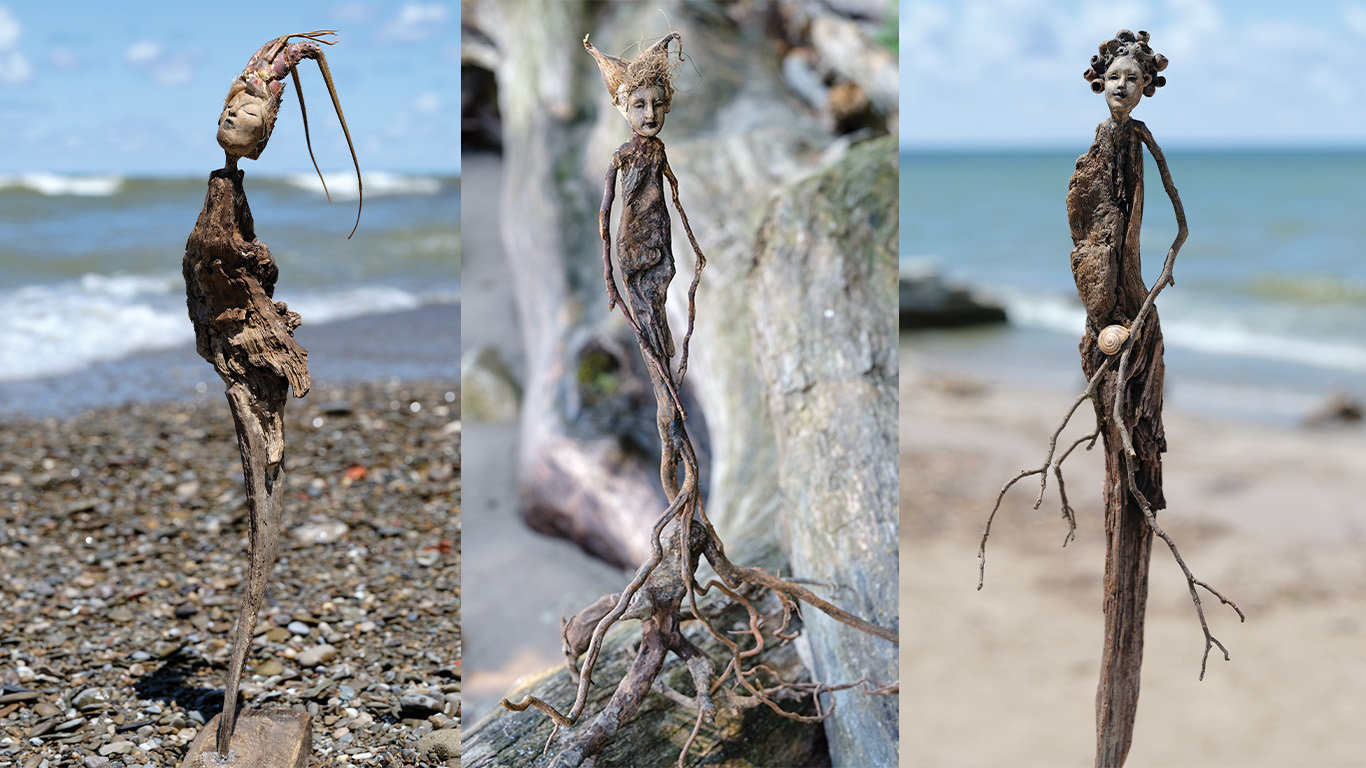It’s Peak Season for Waterspouts on Lake Erie
There are two types of waterspouts — and one is far more dangerous than the other.
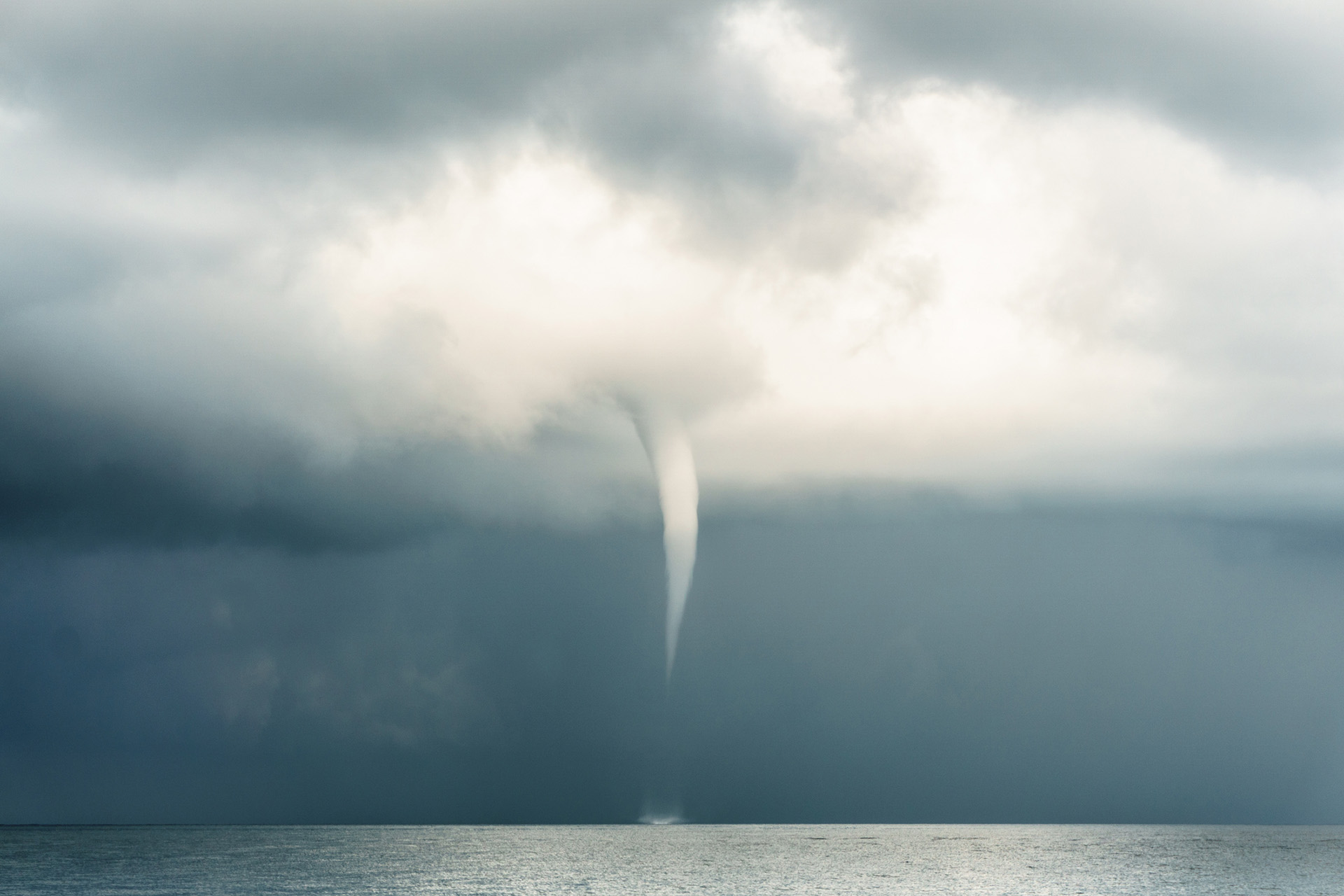
Summer may be winding down, but waterspout season is just beginning — and Lake Erie is regarded as one of the top locations for them.
“Because of its shape, because of how shallow it is and how it warms up quickly, Lake Erie is conducive to waterspouts,” says Wade Szilagyi, director of the International Centre for Waterspout Research in Canada.
In fact, on Oct. 7, 2023, Lake Erie broke the world record for the most waterspouts sightings in 24 hours — 181, according to the ICWR. And Szilagyi notes there were likely just as many that went unspotted that day.
All of the sightings that day were of what’s called fair-weather waterspouts, which typically occur when the lake is relatively calm, usually under a fast-moving cumulus cloud system. Fair-weather waterspouts almost always dissipate before reaching land and are not as severe as tornadic waterspouts, which form as a result of storm cells.
The vast majority of all waterspouts happen in August and September when the water temperature is still high, but cold fronts are starting to move in, explains Mike Griffin, a senior meteorologist for the National Weather Service in Cleveland. There may even be days when the air is 30 degrees cooler than the water.
Szilagyi notes that there are more frequent and stronger waterspouts over the western basin which, as the shallowest part of Lake Erie, has the highest water temperatures.
Reported waterspouts have tripled in the past 30 years, Szilagyi says, but that might be more reflective of the prevalence of new technology and social media than any weather changes. Today, potential waterspout conditions can be tracked as far as two days in advance.
“You never used to hear about waterspouts,” adds Steve Marshall, a severe weather specialist and storm chaser in Erie, Pennsylvania.
Part of that was because, while the more common kind of waterspout can be an aviation or nautical hazard, they’re not as dangerous as tornadoes. Fair-weather waterspouts are capable of causing turbulence for low-flying aircraft or capsizing small boats, but larger freighters are unmoved by them, and they almost never reach land. (Szilagyi notes that if you’re on the lake and you do see a waterspout, head 90 degrees away from its direction. For example, if it’s going north, you should travel east. “Never try to outrun a waterspout,” he says.)
Marshall bought his first video camera in 1994 and parlayed weather footage into a job at one of the local television stations in Erie. He’d storm-chase with a car full of equipment, loading and unloading it every day as he stayed in hotels along the way. Now, anyone with a smartphone can get footage of a waterspout over the lake.
“It’s all about who sees them from the shoreline, unless you get a report from someone on a ship,” Griffin notes. “But watersports don’t mess with the big barges, so they usually don’t report them.”
Marshall appreciates the scientific advances, but still enjoys the challenge of looking for less-dangerous waterspouts the old-fashioned way.
“It’s an excellent excuse,” he says, “to go sit on the beach all day.”
Stay on top of everything Lake Erie has to offer — all year long — by subscribing to our free The Splash newsletter. It’s your guide to the best food, drinks, parks, beaches, shopping, festivals, music and more.
Story:
Vince Guerrieri
2025 July/August

